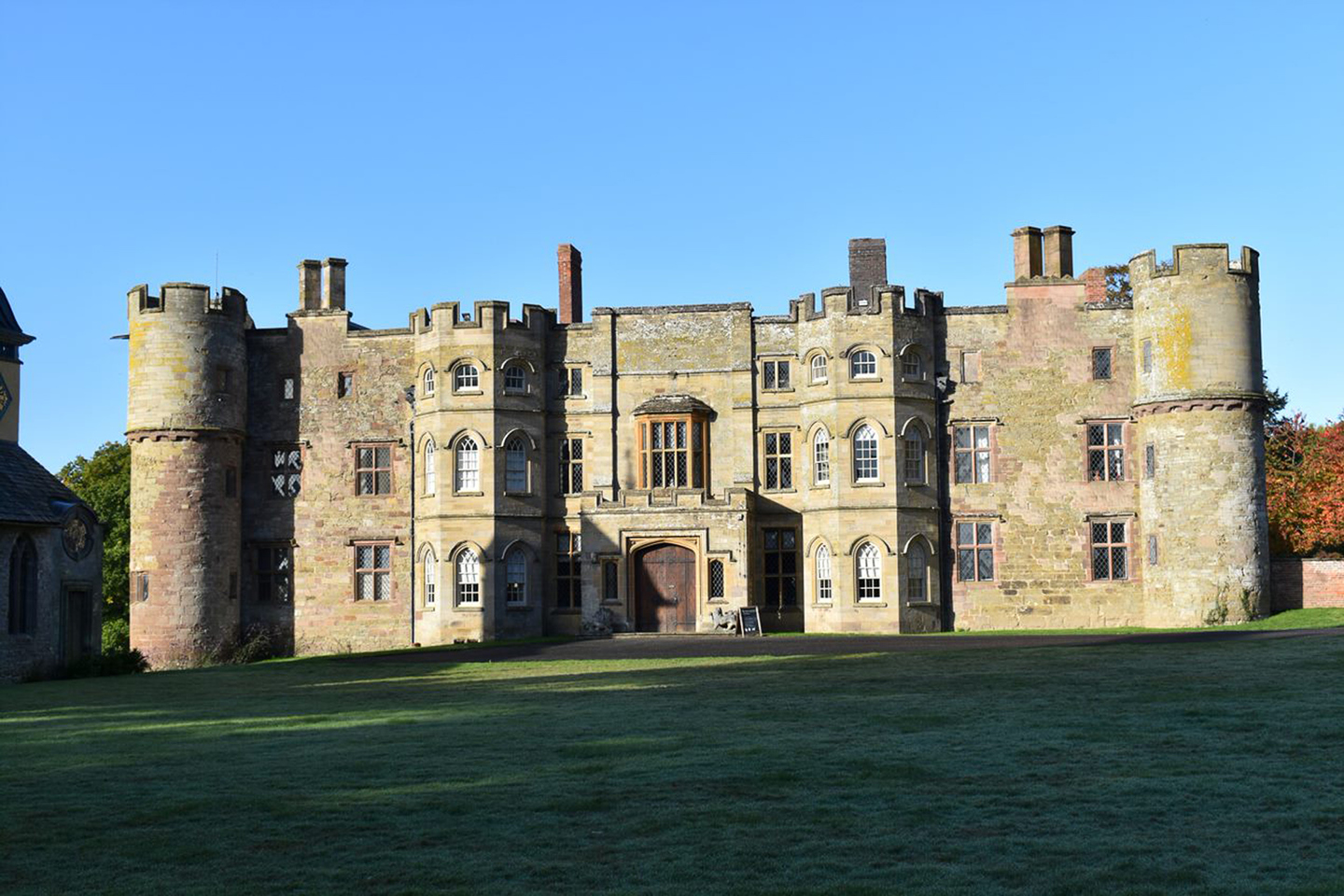October 4, 2023
One of the joys of researching historic buildings is not only unpicking the layers of change, but also encountering the people who undertook those changes or designed alterations. When researching the Conservation Management Plan for Croft Castle in Herefordshire (commissioned by the National Trust) the local architect, Thomas Farnolls Pritchard (1723-1777), emerged as a key figure.
Whilst there is little documentary evidence for the work Thomas Farnolls Pritchard undertook for Thomas and Elizabeth Johnes in the second half of the 18th century; there is enough Gothick, Classical and Rococo flourishes remaining within the fabric to understand the transformation wrought by the architect on this ancient site.
Farnolls Pritchard began his career on the mechanics of architecture, surveying, drawing and measuring; but increasingly his clients left everything to him, and he took up the role of architect. The blossoming of the creation of the “English Country House” and the associated profession of “architect” is epitomised by the career of Farnolls Pritchard. However, he did not confine himself to the designing of buildings. He was also an exceptionally competent engineer and designed a number of bridges in the Shropshire region. The most well-known of these is undoubtedly the Iron Bridge at Coalbrookdale. Unfortunately, he died before the completion of the bridge and it was left to others to take the credit for this design and engineering marvel. However, as an engineer-architect Farnolls Pritchard has to be considered to be of particular importance. His design for the Iron Bridge at Coalbrookdale is of exceptional significance and recognised by UNESCO as a World Heritage Site. Indeed, the design led Thomas Telford to call him an “ingenious artist”. Farnolls Pritchard’s obituary in 1777 described him as having “exquisite skill and profound judgement in his profession”.
The provincial nature of his work does not demean the quality of his designs, he was a true child of the 18th century, embracing the freedom given by relaxed rules, where no one style prevailed and yet confident enough in his knowledge of the Classical Orders to create structure and symmetry when required. His work at Croft and other houses across Herefordshire, Shropshire and Worcestershire demonstrate this skill and capability.
Whilst Farnolls Pritchard is quite rightly described as a provincial architect, his work is of high-quality and his work is part of the broader trend in the Welsh Marches for industrialist families to indulge in the creation of picturesque fantasies such as Hafod in Ceredigion and Downton Castle in Shropshire, both places with close familial as well as architectural connections to Croft Castle. Where Thomas Farnolls Pritchard is concerned, provincial does not mean poor, it speaks more of regional distinctiveness and the flowering of cosmopolitan ideas in the English countryside.



